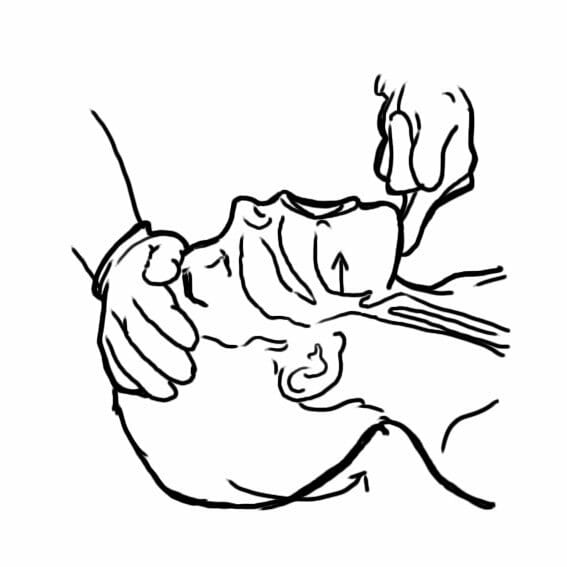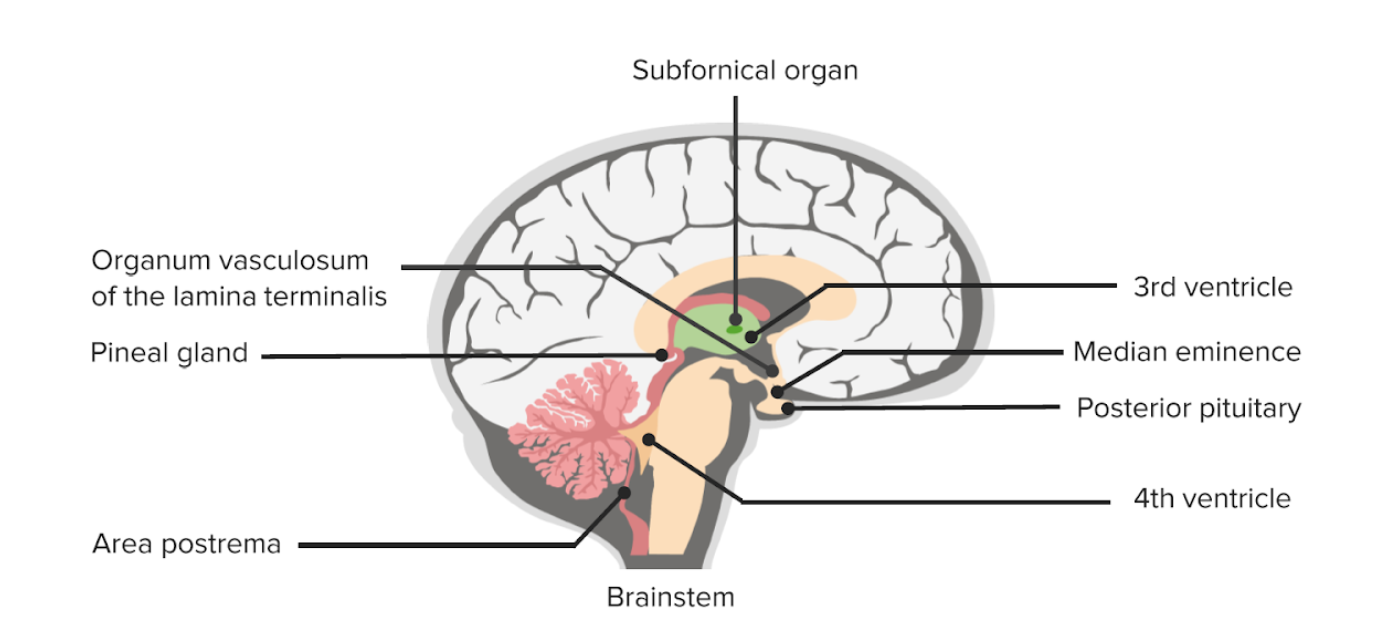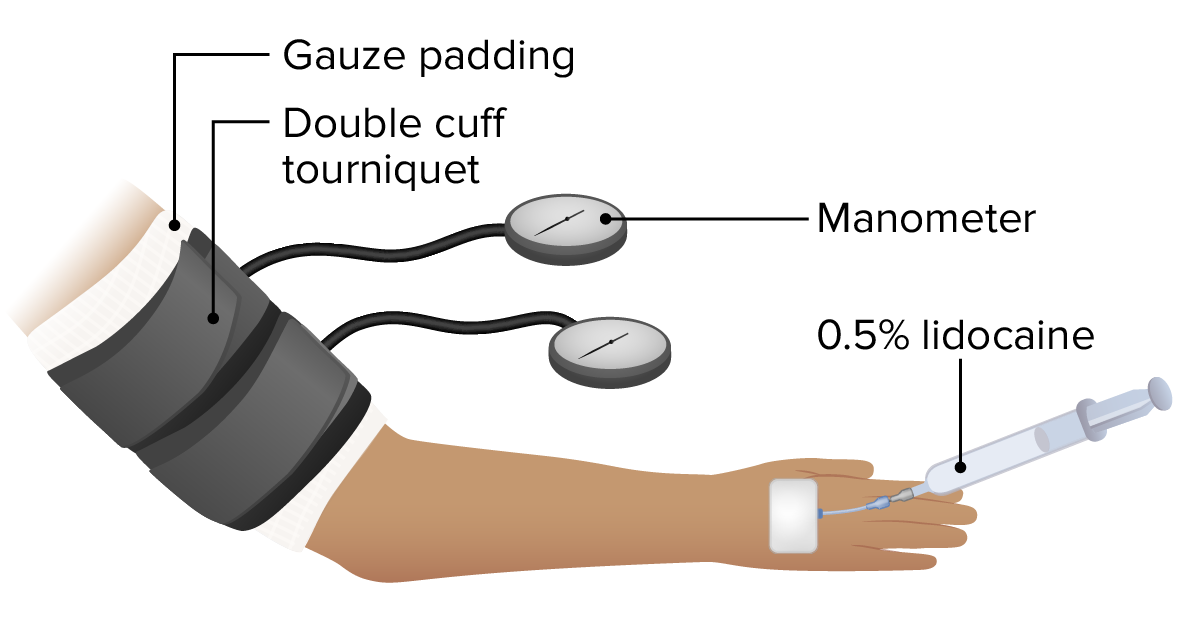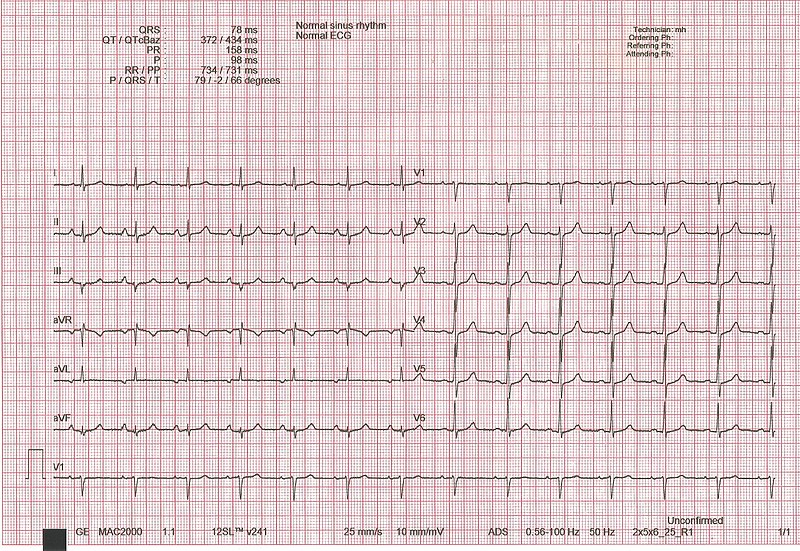Playlist
Show Playlist
Hide Playlist
Induction of Anesthesia – General Anesthesia
-
08 -General Anesthesi.pdf
-
Download Lecture Overview
00:00 When the patient arrives in the operating room, they have a blood pressure cuff placed on them. A cardiogram's placed, pulse oximetry, and end-tidal carbon dioxide level are always done. And in the United States, it's a required monitor to put a temperature probe on the patient or in the patient's mouth or nose. Make sure an intravenous is in place, give a small dose of a drug such as Fentanyl, 1-3 micrograms/kg is what I normally use. 00:27 The induction drug in a healthy individual who's hemodynamically stable, my preferred drug is Propofol. I use 2-2.5 milligrams/kg and I follow this immediately with Rocuronium, 0.6 milligrams/kg, which is a moderate but not large dose of Rocuronium. When I'm doing a patient that requires neuromuscular blockade, I often use a nerve stimulator such as the one shown in this picture. It's hooked up to the forearm. The current is adjusted through the stimulator and you examine the thumb for twitches, as stimulations occur. And the usual rate of stimulation is 4 twitches over 2 seconds. This is called the Train of Four. 01:15 And the assessment of the Train of Four can give us some indication of how deeply paralyzed the patient is, whether it's safe to proceed with intubation, whether it's safe to proceed with with surgery, or at the end of the case, whether it's safe to attempt to reverse the patient.
About the Lecture
The lecture Induction of Anesthesia – General Anesthesia by Brian Warriner, MD, FRCPC is from the course Anesthesia.
Included Quiz Questions
What is a neuromuscular stimulator used for?
- Monitoring the depth of muscle block
- Monitoring muscle tone
- Giving anesthesia
- Monitoring airways
- Monitoring respiratory rate
Customer reviews
5,0 of 5 stars
| 5 Stars |
|
1 |
| 4 Stars |
|
0 |
| 3 Stars |
|
0 |
| 2 Stars |
|
0 |
| 1 Star |
|
0 |
This lecture was informative and engaging. The speaker did an excellent job of presenting the material in a clear and concise manner, making it easy to understand.







